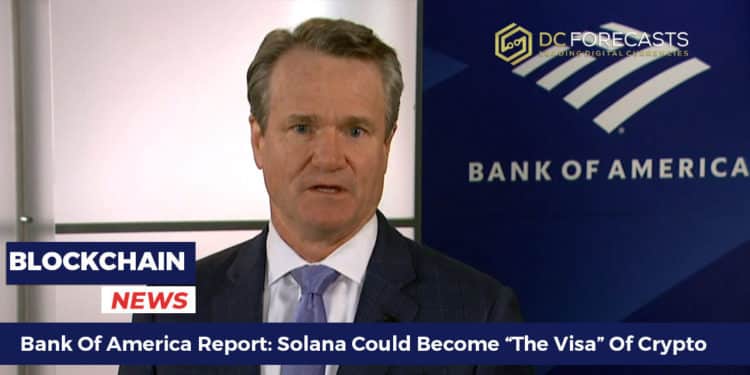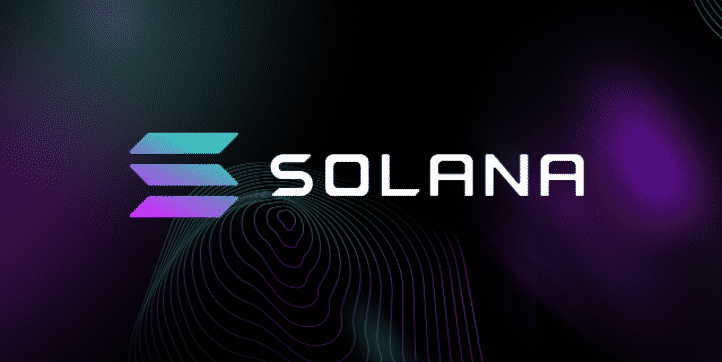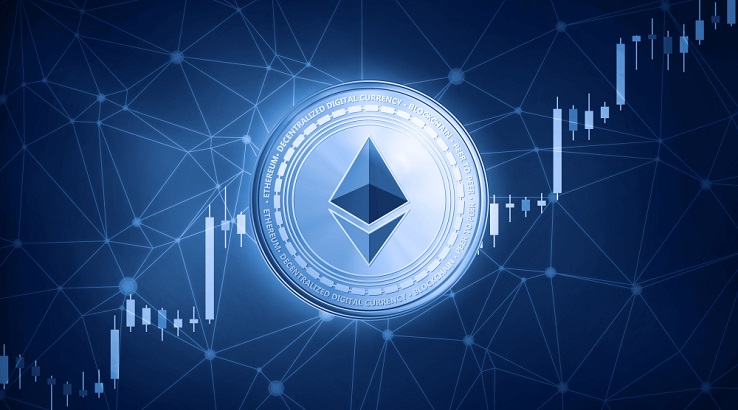The latest Bank of America report shows that Solana could beat out Ethereum and even become “the visa” of crypto while also comparing Ethereum to Avalanche so let’s take a closer look at today’s Ethereum latest news.
The latest Bank of America report shows that crypto can have many use cases for consumers. It gives the biggest praise that a US Bank can give on a cryptocurrency as it compared it to the world’s biggest credit card network. The report by digital asset strategist Alkesh Shah noted that Solana could become the Visa of digital assets and cited that more than 400 decentralized applications are already built on the network ranging from peer-to-peer exchanges to NFT marketplaces. Ethereum in the meantime could become the blockchain for high-value transactions, storage, and supply chain use cases.
The crypto veterans long compared the transactions on the blockchains to those performed on the credit card networks. Visa said it can handle up to 24,000 TPS but it averages around 1700. The TPS bandied for Ethereum at 15 which is not a lot given the demand for decentralized applications that are constantly growing. With the limited spots, the transaction fees on the network are measured In double-digit dollars.
While a lot of projects are trying to solve Ethereum’s scalability issue including the visa sidechains on Arbitrum and Polygon, congestion is not likely to reduce until the full rollout of Ethereum 2.0. Ethereum creator Vitalik Buterin noted in June 2020 that the upgraded network could get to 100,000 TPS. However, Solana surpassed both ETH and Visa out of the water boasting a theoretical limit of 65,000 TPS but the BofA comparison is not entirely flattering, as Shah put it:
“Solana prioritizes scalability, but a relatively less decentralized and secure blockchain has tradeoffs, illustrated by several network performance issues since inception.”
This gives other networks a chance. Shah namechecked the upgraded Etheruem network but also Avalanche saying that the latter is trying to find some middle ground between Ethereum and Solana speeds that could make it the best blockchain for decentralized finance and enterprises. Shah was also careful to note that there doesn’t have to be one blockchain for everything and that they can each work best for different use cases. As for Solana, it has the ability to provide high throughput and low costs as well as ease of use to create blockchain optimized for consumer use cases such as micropayments, NFTs, Defi, and Web3.
DC Forecasts is a leader in many crypto news categories, striving for the highest journalistic standards and abiding by a strict set of editorial policies. If you are interested to offer your expertise or contribute to our news website, feel free to contact us at editor@dcforecasts.com

























Discussion about this post